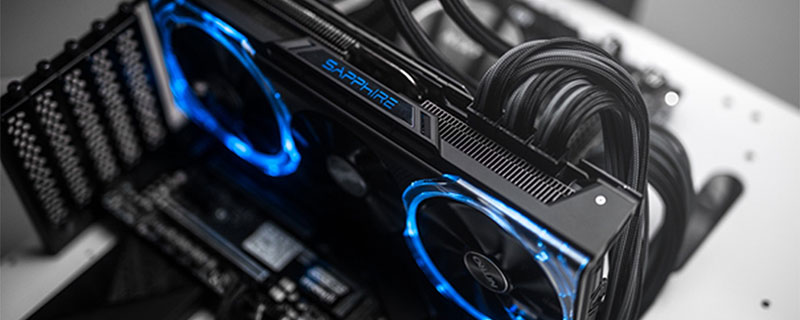
There are currently three main SAPPHIRE graphics cards series for consumers – NITRO+, PULSE and reference models. The difference between reference cards and non-reference is visible at first glance, but what about NITRO+ and PULSE? Read on to find out.
We should start with what NITRO+ and PULSE cards are and the similarities they share. Both product series

All NITRO+ and PULSE cards sport semi-passive fans. When a card is in
NITRO+ and PULSE coolers are more technically advanced and efficient than those found on reference cards, making operation under load cooler and quieter.
Good cooling combined with capable power delivery usually translates into more overclocking headroom. And custom printed boards with custom VRMs make power delivery more refined than

If the card needs cleaning or something goes wrong with the fan, demounting it is a snap with SAPPHIRE’s Quick Connect 2 technology: you remove just a single screw. That said, bear in mind that cards based on the most budget-oriented chips (like RX 560 or RX 550) don’t feature swappable fans.
What is different?
The PULSE product line is a more affordable solution, while the NITRO Gaming series graphics cards are a premium product line, so there are differences between those product series.
First, all NITRO cards have two BIOS chips, enabling one of two modes: Performance or Quiet. This is also a helpful feature for power users that like to tinker with custom BIOSs. While some PULSE cards (like VEGA 56 PULSE) come equipped with a Dual BIOS feature, this isn’t a standard feature as it is in NITRO.

Another unique feature of the NITRO series is the RGB LED backlight – NITRO Glow. Once the backlight is programmed, the card will keep the settings even if put into a different PC without SAPPHIRE software.
Although the cooling system Pulse cards are equipped with is powerful, NITRO cards sport even more efficient solutions.


More efficient cooling also enables higher factory overclocking. The
The same dependence applies to power delivery of PULSE and NITRO cards.

All NITRO cards come equipped with a backplate that adds rigidity to the card, protects it from mechanical damage and adds more visual appeal. Only some Pulse cards (like VEGA 56 PULSE) come with a backplate.

NITRO+ models also feature a special fan replacement program. If there’s a fan issue detected (using the SAPPHIRE TriXX tool), the user doesn’t need to return the entire card – SAPPHIRE’s local partners will send out a replacement fan directly to the customer or the retailer.
PULSE cards will give you premium features over a reference design card, and NITRO cards add even more.

















